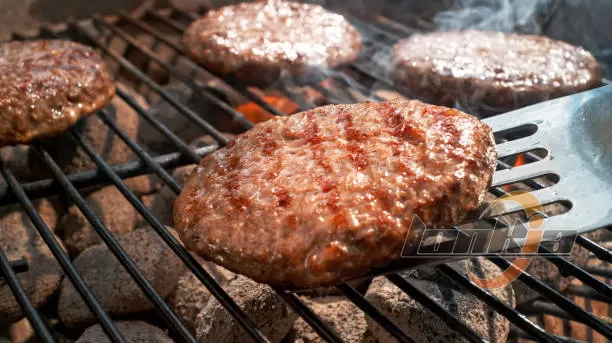In the modern fast food industry, automation of meat patty production lines not only increases productivity, but also improves product quality and consistency. As consumers continue to demand more from their fast food products, it is imperative for restaurants to find efficient production solutions to meet the growing market demand, and Lonkia hamburger patty processing lines provide fast food restaurants with an efficient and reliable production system that can help improve operational efficiencies and optimize production processes.
Efficiency through automated meat patty production lines
Lonkia hamburger patty production line integrates a variety of equipment, including meat grinders, automatic patty forming machines, continuous fryers, etc., and each step of the process is highly automated. With automated equipment, restaurants are able to significantly reduce manual operations and increase productivity. Within a short period of time, the production line can consistently and stably produce a large number of meat patties to meet the high demand of fast food restaurants. Compared to traditional manual production, automated production lines can effectively reduce human error and ensure the consistency of the size, weight and appearance of each patty.
Improved product quality and consistency
Lonkia meat patty production lines use precise molding technology and high-quality frying equipment to ensure consistency in the appearance, taste and texture of each patty. By strictly controlling the use of raw materials and processing, the patties produced are not only crispy on the outside and tender on the inside, but also have a consistent flavor that meets consumers' high demand for fast food quality. For fast food restaurants, this consistency enhances customer satisfaction and loyalty, and contributes to brand image building.

Streamlining the production process and reducing operating costs
Combining Lonkia's meat patty production line with fast food restaurant operations can streamline the production process and reduce labor costs and management difficulties for restaurants. While traditional fast food restaurants require a large amount of labor to prepare, process and fry raw materials, automated production lines are able to integrate these processes, reducing manual intervention and operational complexity. In addition, the high efficiency and low failure rate of the hamburger patty processing line can also reduce the repair and maintenance costs of the equipment, further optimizing the operating costs of fast food restaurants.
Overall, in the highly competitive fast food industry, meat patty production lines are undoubtedly an important tool for improving operational efficiency, ensuring product quality and reducing costs, and Lonkia's meat patty lines have become the ideal choice for more and more fast food outlets due to their high efficiency, precision and stability. By investing in an efficient production line, fast food restaurants are not only able to respond to changes in market demand, but also stand out from the fierce competition and win more customers.
